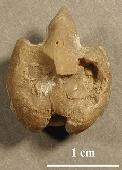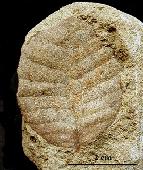|
 See More Images See More Images

Carya
© 2004 UCMP

Ptelea cassoidea
© 1998 UCMP

Quercus
© 2004 UCMP
|
What are Angiosperms? Angiosperms are seed-bearing plants that produce flowers. The flowers are not always showy like the ones in your garden. In fact, some flowers are barely visible at all, but all members of this group have them, including large trees, tiny grasses, and everything in between. Most flowering plants are classified as either monocots or dicots, based on the number of embryonic leaves (also called seed leaves or cotyledons). However, some angiosperms have a mix of both monocot and dicot characters and have unknown relationships. They are included here as “other angiosperms.” First known fossil occurrence: Cretaceous. Last known fossil occurrence: Quaternary. This group has living relatives. |
Fossils through time:
Choose a time period to see what life was like:
|
|